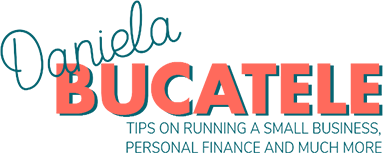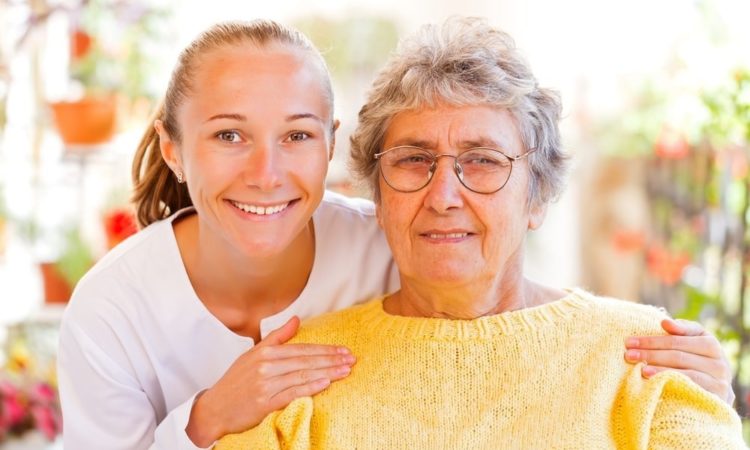Over the last 20 years, the healthcare landscape has undergone drastic changes. Hospitals, which were once the only way to access healthcare, are giving room for more alternative ways of delivery such as home healthcare agencies. Elderly individuals who require healthcare are choosing home healthcare agencies over nursing homes and hospitals. However, this type of care can’t be provided without assuming a certain amount of risk. After all, the lives of geriatric patients are in your hands.
Risks Associated with Home Healthcare Provision
As the need for home healthcare has grown, so has the requirement of healthcare agencies capable of handling complex medical cases. For instance, a good segment of home healthcare clients tends to be on a ventilator or undergoing chemotherapy. Further, the constantly changing federal and state laws on potential problem situations make liabilities commonplace in the home healthcare industry.
To avoid being susceptible to risk, it’s prudent for agencies and individual home healthcare providers to assess risks and create a fool-proof risk management system. In general, all possible cases of risk fall under the following four categories.
Issues Under the Scope of Practice
All health care institutions are expected to abide by the laws governing their state or practice. This bears no exception on home healthcare agencies and aides. The major difference between home healthcare agencies and other healthcare institutions is that the workers in home healthcare work inside the patient’s home rather than in traditional healthcare setups. This increases the risk with respect to mistakes or errors that may be committed.
All agencies, whether Medicare-certified or not, are expected to adhere by state laws of nursing. In most states, home healthcare aides are not permitted to prescribe medication or perform medical procedures for which they have no license.
Patient and Family Safety
Currently, home healthcare aides are using a lot of technology in their services. Some of that technology is aiding with processes such as dialysis, biotelemetry services, intravenous therapy, respiratory care, and parenteral or enteral nutritional therapy. This involves the use of high-tech equipment which requires a certain amount of training to operate. The technicians have to train home healthcare aides to use this technology, and these aides, in turn, need to train family members who occasionally take over the task.
The existence of multiple touchpoints introduces a lot of risk into the home healthcare process. In the case of injury of the patient, the family may raise a claim of negligent teaching.
Documentation of Care Provided
Documentation of care provided to patients is not only crucial in justifying reimbursements but also in reducing liability issues. Home healthcare aides should ideally document in detail with accuracy the care given to a patient, the patient’s reaction to the care, all communication with healthcare professionals and any changes in the patient’s condition. This documented information can be used to verify the professional standard of care given to a patient in the case of a liability claim.
Consent Issues with Regards to Treatment
It’s the fundamental right of any adult or their guardian to consent or refuse treatment. Home healthcare agencies administer treatment to so many different types of patients, some of whom are terminally ill and could die at any given point in time. This increases the importance of taking input from the patient or guardian before administering treatment or using different care methods.
Missing out on asking for consent could lead to liability issues should the patient react to your care in an adverse manner.
Risk Management Methods to Reduce Liability
To avoid suffering the consequences of the risks mentioned above, you need methods of risk management in home health care. Here are a few reliable ways to protect yourself as a home healthcare aide or agency.
- Risk identification and treatment – this involves the study of incidents or reports to understand and earmark potential risks. Evaluate this feedback to get a sense of how your healthcare is being received, so you can make the necessary changes and improve your methods.
- Development of patient healthcare policies and procedures – by creating policies and procedures, you can regulate the way you respond to most situations such that you reduce the risk of liabilities. Ensure that your policies conform to the standards demanded by local, state and federal laws.
Conduct research on how much authority you have as a home healthcare aide or agency, so you can be confident of the care you provide to patients. Add notes about consent and healthcare standards to simplify the process of maintaining the expected level of quality in care.
- Orientation programs – once you have listed potential risks and created the right strategies, you need to create an orientation program to educate all people involved in the situation. You can educate co-workers or home healthcare aides in your agency if that’s relevant. You can also put procedures and information in place with family members of your patients to reduce risk and improve the quality of your service.
- Quality assurance – before beginning to provide home healthcare to your clients, put in place a quality assurance system. In this system, you have to earmark ways in which you can measure and evaluate the quality of your care.
- Setting-up effective communication between your agency and clients – it’s essential for you to set up communication channels to seek feedback and solicit advice. The existence of such channels could also increase client trust and reduce the risk of liability by encouraging clients to communicate grievances in early stages.
- Liability/malpractice insurance – another risk management strategy for home healthcare is to get liability/malpractice insurance. There are two types of liability/malpractice insurance. The first covers elements that fall under your scope of responsibilities in home healthcare. The second covers elements that are out of the scope of your responsibilities. By taking liability/malpractice insurance, you can reduce the impact that a liability claim has on your business.
Wrap
Provision of home healthcare comes with risks. There’s potential for mistakes to lead to liability/malpractice claims. But there are risk management strategies that you can use to save your business and provide the best healthcare to your clients. This post describes the best way to start.





